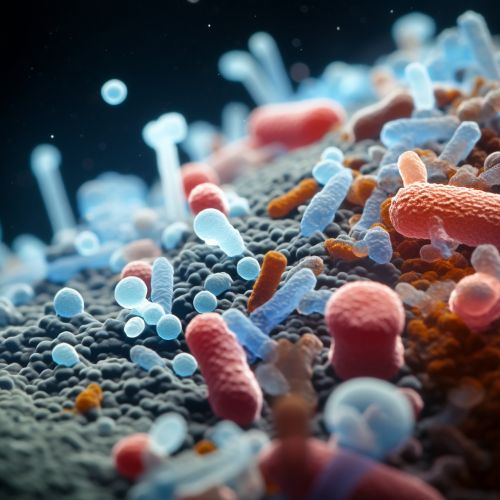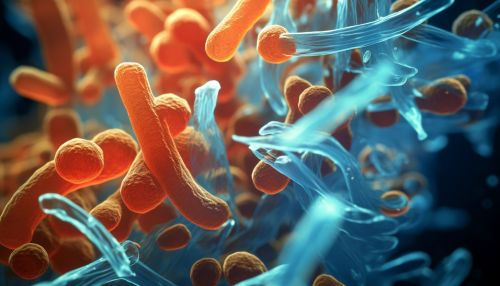Lactic Acid Fermentation
Overview
Lactic acid fermentation is a metabolic process by which glucose and other six-carbon sugars (also, disaccharides of six-carbon sugars, e.g. sucrose or lactose) are converted into cellular energy and the metabolite lactate, which is lactic acid in solution. It is an anaerobic fermentation reaction that occurs in some bacteria and animal cells, such as muscle cells.
Biochemistry of Lactic Acid Fermentation
Lactic acid fermentation is a form of anaerobic respiration, which does not require oxygen. This process was discovered by French scientist Louis Pasteur, who noted that certain microorganisms could transform sugar into lactic acid. This is a standard metabolic pathway in numerous types of microorganisms, including the bacteria Lactobacillus and Bifidobacterium, and also in some yeasts and other fungi.


The process begins with the sugar being taken into the cell. Once inside, the sugar molecule is broken down into two three-carbon molecules through the process of glycolysis. This process also produces two molecules of ATP (adenosine triphosphate), the cell's main energy source, and two high-energy electron-carrying molecules of NADH (nicotinamide adenine dinucleotide).
The three-carbon molecules are then converted into lactic acid, and the NADH is used to drive this reaction. This regenerates the cell's supply of NAD+, which is needed for further glycolysis reactions. The lactic acid produced can be removed from the cell and carried to the liver, where it is converted back into glucose.
Role in Muscle Cells
In muscle cells, lactic acid fermentation is the primary means of generating ATP during heavy exercise when oxygen levels are depleted. During intense exercise, the circulatory system cannot keep up with the muscles' demand for oxygen. Oxygen is necessary for aerobic respiration, which produces much more ATP than anaerobic respiration. When the oxygen supply runs short, muscles shift from aerobic respiration to lactic acid fermentation.
The buildup of lactic acid in muscle cells is what causes the burning sensation during strenuous exercise. However, the lactic acid is quickly removed from the muscles and transported to the liver, where it can be converted back into glucose and stored until needed.
Lactic Acid Fermentation in Food Production
Lactic acid fermentation is also an important process in the production of certain types of foods. The lactic acid produced during fermentation gives foods like yogurt, sauerkraut, pickles, and kimchi their distinctive tangy flavor. In addition to flavor, the lactic acid also acts as a preservative, inhibiting the growth of harmful bacteria.
In the production of yogurt, for example, the bacteria Lactobacillus and Streptococcus are added to milk. These bacteria ferment the lactose in the milk, producing lactic acid. The acid lowers the pH of the milk, causing it to curdle and form yogurt.
